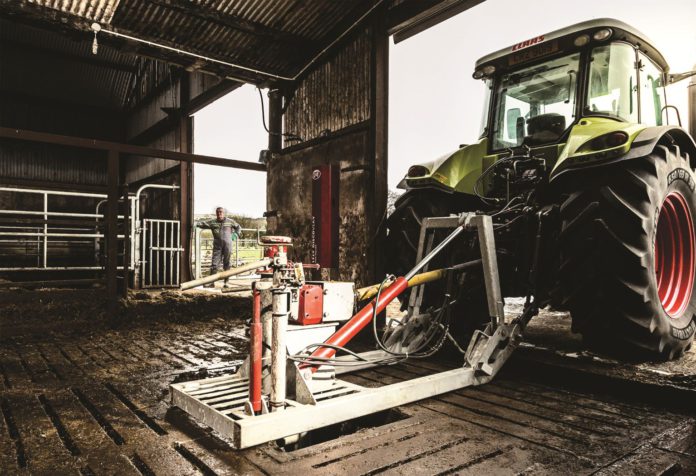The Health and Safety Executive for Northern Ireland (HSENI) is reminding farmers of the simple safety measures needed to stay safe when working with slurry.
The mixing of slurry comes with many risks as it produces a dangerous mixture of gases, including methane, carbon monoxide, ammonia, and the extremely poisonous gas, hydrogen sulphide.
What to consider before mixing or emptying
Camilla Mackey, Principal Inspector of HSENI’s Agriculture and Food team, said: “It is that time of year again when our farmers start to prepare to empty their slurry tanks, some of which have filled up completely over the winter months.”
“Farmers will be considering a whole host of issues before they even start mixing and emptying slurry tanks such as, whether they can do this particular job themselves or do they need to hire in a contractor, where they can move their livestock to in order to mix the tank safely, what the weather and ground conditions are like, and whether they have the right equipment to do the job.”
“These are the issues the farmer needs to consider when slurry season opens. Most critical though is that farmers MUST follow the slurry mixing code. Slurry gas kills, it is as simple as that. Farmers are fully aware of this, but continue to take chances. If you follow the slurry mixing code, there should be no issue.”
“Stop and think SAFE before you mix slurry.”
The advice to farmers is to follow the slurry mixing code.
- Keep children away from the area at all times when working with slurry;
- If possible, mix on a windy day;
- Open all doors;
- Take all animals out of the building before starting to mix;
- Use outside mixing points first;
- If slats are removed, cover exposed areas of the tank beside the pump/mixer to stop anything falling in;
- Start the pump/mixer – then get out and stay out of the building for as long as possible – at least 30 minutes;
- Any time you have to go into the building try to make sure that another adult knows what you are doing and can get help if necessary;
- If you have to re-enter to move the pump or change the direction of the pump, leave the building as soon as this is done – do not go back in for as long as possible – at least another 30 minutes.
Never:
- Rely on filter type facemasks;
- Use gas monitors as a substitute for working safely;
- Have naked flames near slurry, as slurry gas mixture is flammable;
- Stand close to the exhaust of a vacuum tanker when it is being filled.
If you find someone has been overcome during slurry mixing, if possible, stop the pump and get the person to fresh air but do not put yourself at risk in the process, the HSENI warns.
If breathing is weak or stopped, artificial respiration may be effective. Contact the emergency services and seek immediate medical attention.
Read: What slurry spreading system is most effective?
More information
For more information, please contact the HSENI helpline on: 0800 0320 121. Visit the HSENI’s website.





